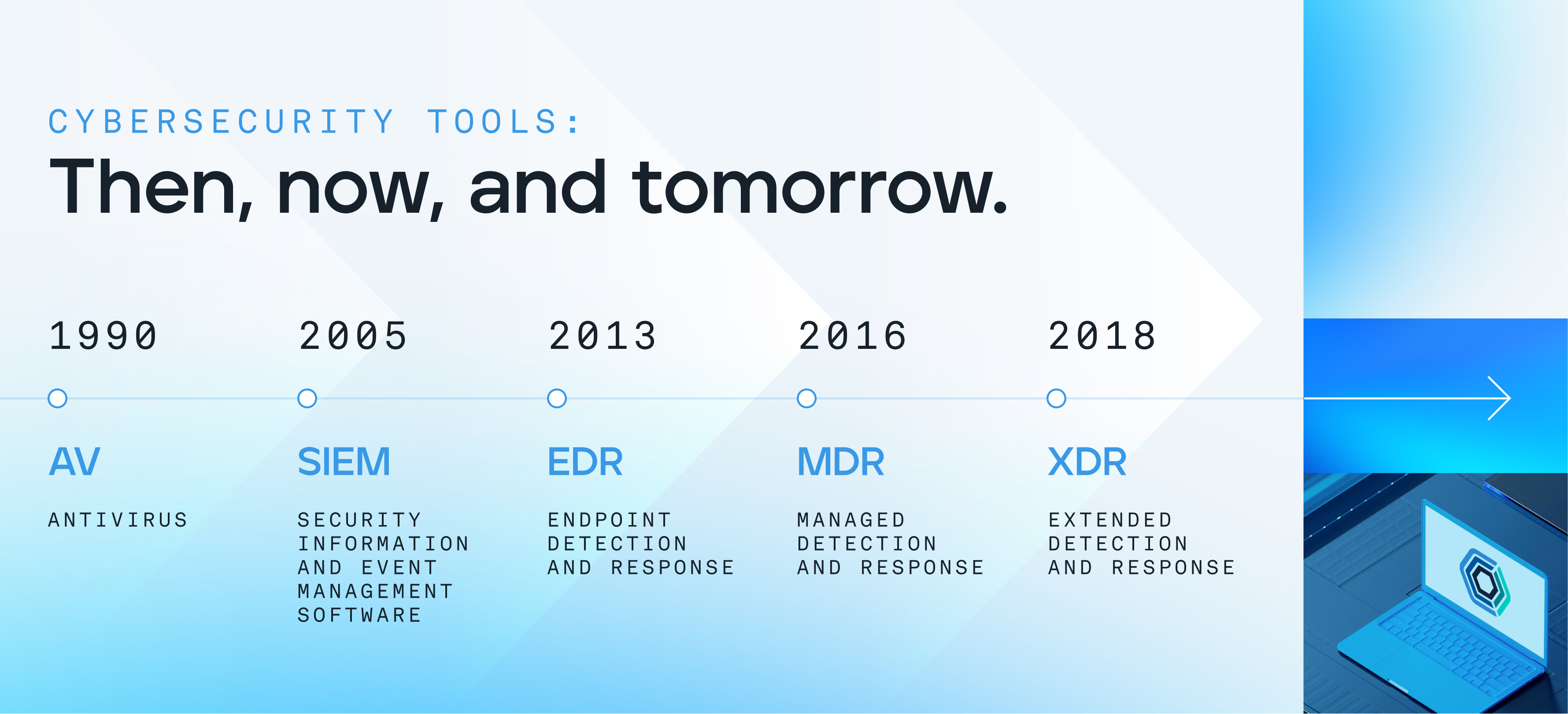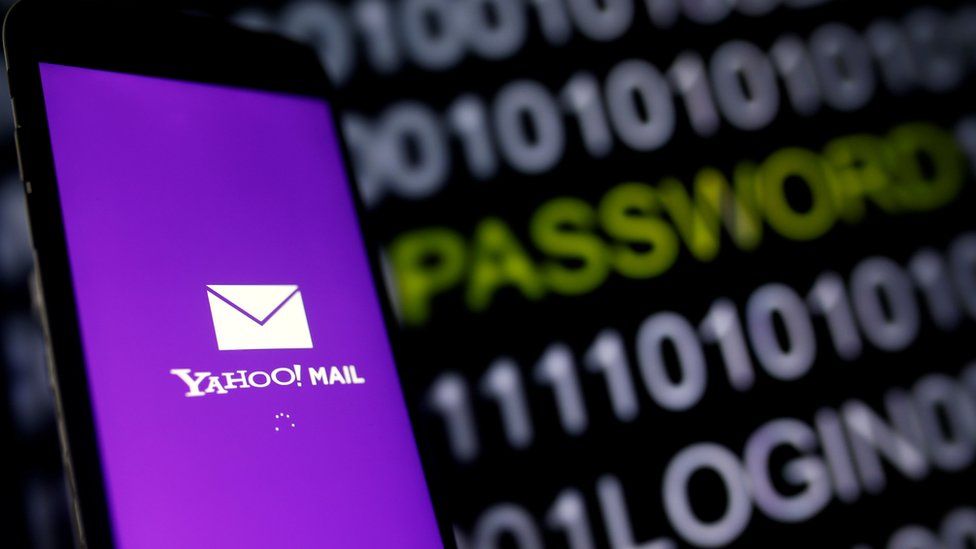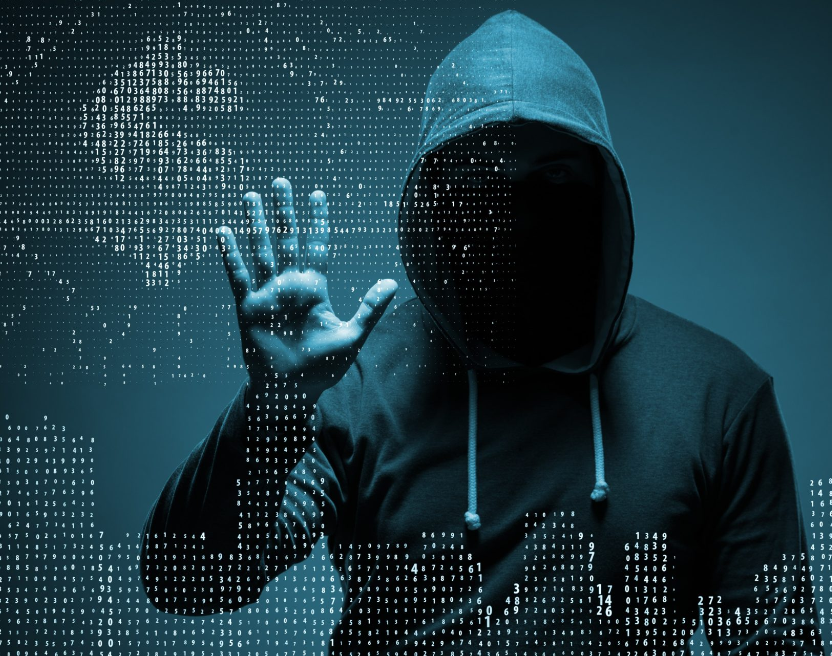
Introduction
In today’s digital age, the importance of cybersecurity cannot be overstated. A single cyber attack can have devastating consequences for businesses and individuals alike. It is crucial to stay informed about the top cybersecurity hacks that have shaken the world to protect yourself and your organization from similar threats.
Overview of cybersecurity hacks and their impact
Cybersecurity breaches have become increasingly prevalent and sophisticated over the years. Here, we provide an overview of the top 10 cybersecurity hacks that have significantly impacted organisations and individuals worldwide.
- Equifax Data Breach: The 2017 breach exposed the personal information of approximately 147 million people, highlighting the importance of safeguarding sensitive data.
- WannaCry Ransomware: This 2017 global attack affected over 300,000 computers in hospitals, government organizations, and businesses, demonstrating the potential damage caused by ransomware.
- NotPetya: Originating from Ukraine in 2017, this ransomware attack disrupted global shipping, logistics, and manufacturing industries, causing billions of dollars in damages.
- Sony Pictures Hack: In 2014, Sony Pictures fell victim to a cyber attack orchestrated by North Korea, resulting in leaked confidential information and significant reputational damage.
- Target Data Breach: In 2013, hackers infiltrated Target’s systems and stole credit card information from approximately 40 million customers, losing customer trust.
- Yahoo Data Breach: Over a span of three years (2013-2016), Yahoo experienced multiple breaches, compromising billions of user accounts, underscoring the importance of securing user data.
- Stuxnet Worm: This malware targeted Iran’s nuclear facilities in 2010 and demonstrated the potential for cyber attacks to disrupt critical infrastructure.
- Heartbleed Bug: Discovered in 2014, this vulnerability in OpenSSL encryption software allowed hackers to steal sensitive information from countless websites.
- DNC Email Hack: In 2016, Russian hackers gained unauthorized access to Democratic National Committee (DNC) servers, impacting the US presidential election.
- SolarWinds Supply Chain Attack: Uncovered in 2020, this highly sophisticated cyber attack affected thousands of organizations worldwide by compromising SolarWinds software updates.
By understanding and learning from these significant cybersecurity attacks, we can take proactive measures to protect ourselves, our businesses, and the sensitive data we rely on daily.

Yahoo Data Breach
Details of the Yahoo data breach and its consequences
The Yahoo data breach in 2013 is often regarded as one of history’s most significant cybersecurity hacks. With over three billion user accounts compromised, it sent shockwaves online and forever changed the cybersecurity landscape.
During the breach, hackers gained unauthorized access to sensitive user information, including names, email addresses, passwords, and even security questions and answers. The consequences were severe, affecting users and Yahoo as a company. The incident resulted in a loss of trust and reputation, reducing user engagement and ultimately playing a role in Yahoo’s decline.
The ramifications extended beyond Yahoo alone. Many users reused their passwords on multiple platforms, providing hackers access to other online accounts. This breach served as a wake-up call for individuals and businesses to take cybersecurity seriously. It prompted a widespread increase in awareness and the implementation of stronger security measures.
In response to the breach, Yahoo invested heavily in strengthening its security infrastructure and implementing stricter protocols to safeguard user data. The event highlighted the importance of robust cybersecurity practices for organizations worldwide, emphasizing constant vigilance in protecting sensitive information against evolving threats.
This breach serves as a reminder that cybersecurity is an ongoing battle that requires continuous investment and proactive measures to stay one step ahead of malicious actors. As technology continues to advance, it’s crucial for individuals and businesses alike to prioritize cybersecurity to protect themselves and their data from potential breaches.

Equifax Data Breach
Explanation of the Equifax data breach and its repercussions
The Equifax data breach in 2017 is considered one of the most significant cybersecurity hacks that shook the world. Equifax, a leading credit reporting agency, suffered a breach that exposed sensitive personal information of approximately 147 million people. The repercussions of this breach were substantial and continue to impact individuals and businesses to this day.
During the breach, hackers gained unauthorized access to Equifax’s databases and stole sensitive data, including names, social security numbers, birth dates, addresses, and driver’s license numbers. This information could be used for identity theft and fraud, potentially affecting millions of consumers.
The consequences of the Equifax data breach were far-reaching. It led to decreased consumer trust in Equifax and other similar institutions that handle personal data. It also highlighted the need for stronger cybersecurity measures and stricter regulations to protect sensitive information.
Furthermore, the breach resulted in numerous lawsuits against Equifax and raised concerns about industry data security practices. It served as a wake-up call for businesses worldwide to prioritize cybersecurity and implement robust measures to safeguard their customers’ data.
The Equifax data breach serves as a reminder that cybersecurity is an ongoing battle. It is crucial for individuals and businesses alike to stay vigilant, invest in cybersecurity measures, and regularly update their systems to protect against potential threats.
WannaCry Ransomware Attack
Description of the WannaCry ransomware attack and its global impact
The WannaCry ransomware attack was one of the most devastating cybersecurity breaches in recent years. In May 2017, this malicious software infected hundreds of thousands of computers worldwide, causing havoc in personal and professional environments. It targeted computers running Microsoft Windows operating systems, encrypting files and demanding a ransom payment in bitcoin for their release.
The impact of the WannaCry attack was felt globally, affecting organizations across different sectors, including healthcare, telecommunications, and government agencies. Hospitals were particularly hard hit, with critical patient data becoming inaccessible. The attack disrupted operations and forced some hospitals to divert patients to other facilities.
The rapid spread of the ransomware was facilitated by a vulnerability in Windows systems that had not been patched by users or organizations. This incident highlighted the importance of staying up to date with security patches and software updates.
In addition to the immediate financial and operational consequences, the WannaCry attack brought attention to the larger issue of cybersecurity. It served as a wake-up call for businesses and governments worldwide, emphasizing the need for robust security measures to prevent future breaches and protect against ever-evolving cyber threats. This event triggered increased investment in cybersecurity and raised awareness about the potential risks associated with digital vulnerabilities.
NotPetya Cyberattack
Insights into the NotPetya cyberattack and its devastating effects
The NotPetya cyberattack, which occurred in June 2017, ranks as one of the most destructive in history. It targeted organizations across the globe, causing severe disruptions and financial losses. Here are some key insights into this infamous cyberattack:
- Origin: The NotPetya attack initially appeared to be a ransomware attack demanding a ransom in exchange for unlocking infected systems. However, it was later revealed that this attack was more focused on wreaking havoc rather than financial gain.
- Propagation: The attack primarily spread through a malicious software update from a Ukrainian accounting software called M.E.Doc. Once a computer was infected, the malware spread laterally within the network, encrypting files and rendering systems unusable.
- Targets: The initial targets of the NotPetya attack were mostly Ukrainian organizations, including government agencies, banks, and energy companies. However, the malware quickly spread globally, affecting major international companies in various industries.
- Impact: The NotPetya attack caused significant disruptions to affected organizations, leading to operational downtime and financial losses. Companies such as Maersk, Merck, and FedEx reported losses of hundreds of millions of dollars.
- Attribution: While the origins of the NotPetya attack remain disputed, multiple security experts and intelligence agencies have linked it to state-sponsored actors from Russia.
- Lessons learned: The NotPetya attack highlighted the importance of robust cybersecurity measures, including regular software updates, strong password management, and network segmentation to prevent lateral movement of malware.
- Prevention: Organizations can mitigate the cyberattack risks by implementing strong security protocols, training employees in cybersecurity best practices, and regularly backing up critical data.
By understanding the nature and impact of major cyberattacks like NotPetya, businesses can better prepare and protect themselves against future threats.

Sony PlayStation Network Hack
Discussion on the Sony PlayStation Network hack and its implications
Back in 2011, one of the most infamous cybersecurity hacks occurred, targeting Sony’s PlayStation Network (PSN). This breach resulted in the compromise of personal information, including names, addresses, and credit card details, of over 77 million users.
The Sony PlayStation Network hack highlighted the far-reaching consequences of cybersecurity attacks. It affected not only the company but also millions of innocent users. The incident served as a wake-up call for businesses to prioritize cybersecurity measures.
The implications of this hack were significant. Sony faced severe backlash from the public and regulators due to their alleged lack of security measures and slow response to the breach. The incident also resulted in substantial financial losses for the company.
Moreover, the Sony PlayStation Network hack emphasized safeguarding user data. It highlighted the need for robust security systems and regular vulnerability assessments to mitigate cyber risks. This incident exposed vulnerabilities that hackers exploit to gain unauthorized access to sensitive information.
In light of this event, businesses worldwide have been prompted to enhance their cybersecurity protocols, with increased investments in secure infrastructure and comprehensive data protection strategies.
Overall, the Sony PlayStation Network hack exemplifies how a single cybersecurity breach can have significant repercussions, underscoring the urgency for businesses to prioritize cybersecurity and protect their sensitive data.

Target Data Breach
Analysis of the Target data breach and its aftermath
In recent years, cybersecurity breaches have become a major concern for businesses around the world. One such incident that shook the world was the Target data breach in 2013.
During the holiday season, hackers gained unauthorized access to Target’s network and stole the personal information of millions of customers. The breach compromised credit card data, including names, mailing addresses, and card numbers, causing significant damage to the company’s reputation and resulting in substantial financial losses.
The aftermath of the Target data breach highlighted several important lessons for businesses regarding cybersecurity. Firstly, it emphasized the need for robust security measures to protect sensitive customer data. It is crucial for businesses to invest in reliable security systems, encryption technologies, and regular security audits to prevent such breaches.
Secondly, the incident highlighted the importance of a solid response plan. Target faced criticism for its slow response and lack of transparency in communicating with affected customers. Businesses need to have clear protocols in place to address cybersecurity incidents promptly and transparently to maintain customer trust.
Furthermore, the Target data breach exposed vulnerabilities within the supply chain. Hackers gained access to Target’s network through a third-party vendor, highlighting the importance of thoroughly vetting all vendors and ensuring they adhere to stringent cybersecurity protocols.
Overall, the Target data breach serves as a stark reminder for businesses worldwide about prioritizing cybersecurity and implementing proactive measures to safeguard customer data. It is essential for businesses to learn from past incidents and continuously improve their cybersecurity strategies to ward off potential threats.

Ashley Madison Data Breach
Overview of the Ashley Madison data breach and its consequences
The Ashley Madison data breach was one of recent most notorious cybersecurity hacks. In 2015, a group of hackers known as “The Impact Team” targeted the popular extramarital affair website, exposing the personal information of millions of users.
The consequences of this breach were devastating for both the website’s users and the company itself. The released data included not only usernames and email addresses but also sensitive information such as sexual preferences and fantasies. The fallout from this breach led to divorces, job losses, and even suicides among affected individuals.
The Ashley Madison breach is a stark reminder of the importance of cybersecurity in our increasingly digital world. It highlighted the vulnerability of personal data and the potential consequences of inadequate security measures.
Individuals and businesses must take proactive steps to protect their data to prevent similar breaches. This includes using strong, unique passwords, enabling two-factor authentication, regularly updating software, and implementing robust security measures such as firewalls and encryption.
Furthermore, companies should invest in cybersecurity training for employees, conduct regular security audits, and have incident response plans in place to minimize damage in the event of a breach.
By learning from past cybersecurity hacks like the Ashley Madison data breach, we can take the necessary steps to safeguard our personal information and protect ourselves against future threats.
OPM Data Breach
Explanation of the OPM data breach and its impact on national security
The OPM data breach, which occurred in 2015, is widely regarded as one of history’s most significant cybersecurity hacks. The breach involved the compromise of sensitive personal data of millions of current and former federal employees, including highly classified information and security clearance details.
The impact of the OPM data breach on national security cannot be understated. It exposed critical vulnerabilities within government systems, including weaknesses in cybersecurity protocols and the need for stronger defences against state-sponsored cyberattacks. The breach had far-reaching consequences, leading to concerns about potential espionage operations and compromised national security.
This cybersecurity hack served as a wake-up call for governments and organizations worldwide. It highlighted the importance of robust cybersecurity measures and constant vigilance in protecting sensitive information from malicious actors.
The OPM data breach also emphasized investing in employee education and training to enhance awareness about potential cyber threats. Government agencies and private sector companies have since implemented enhanced security measures to prevent similar breaches from occurring in the future.
Overall, the OPM data breach serves as a stark reminder of the ever-evolving nature of cybersecurity threats and the need for continuous improvement to protect against them.
Cybersecurity Hacks: The Top 10 That Shook the World
Cybersecurity has become an increasingly important concern for individuals, businesses, and governments in the digital age. The rise of sophisticated hackers has led to devastating cyber attacks that have left a lasting impact on the economy and society. Here, we will explore the top 10 cybersecurity hacks that have shaken the world.
From the infamous WannaCry ransomware attack to the Equifax data breach, these hacks have exposed vulnerabilities in organizations’ security systems and compromised sensitive information on an unprecedented scale. The consequences of these attacks range from financial loss to reputational damage and even threats to national security.
To mitigate the risks associated with cyber-attacks, it is crucial for businesses and individuals to implement robust security measures. This includes regularly updating software, using strong and unique passwords, encrypting sensitive data, and conducting regular security audits.
In an interconnected world where cyber threats constantly evolve, staying vigilant and proactive is key. By investing in cybersecurity resources and training, businesses can minimize the potential impact of a breach and protect their assets, customers, and reputation.
Conclusion
In conclusion, cybersecurity is a critical aspect of our digital lives. The top 10 cybersecurity hacks that have shaken the world are a stark reminder of the importance of robust security measures. By taking proactive steps to protect ourselves and our businesses from cyber threats, we can safeguard against potential breaches and mitigate the potential damage they can cause. Remember, prevention is always better than cure when it comes to cybersecurity.




